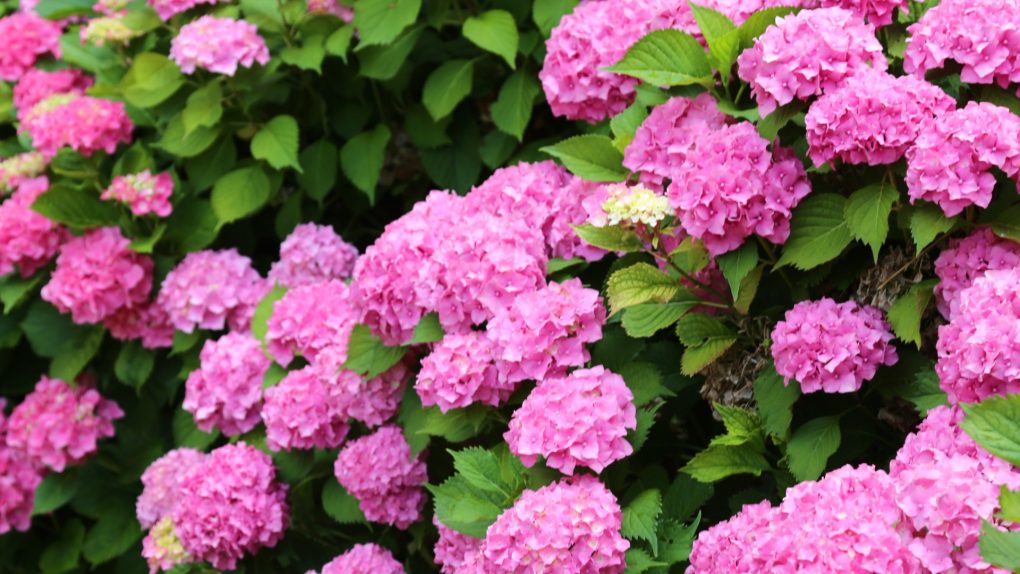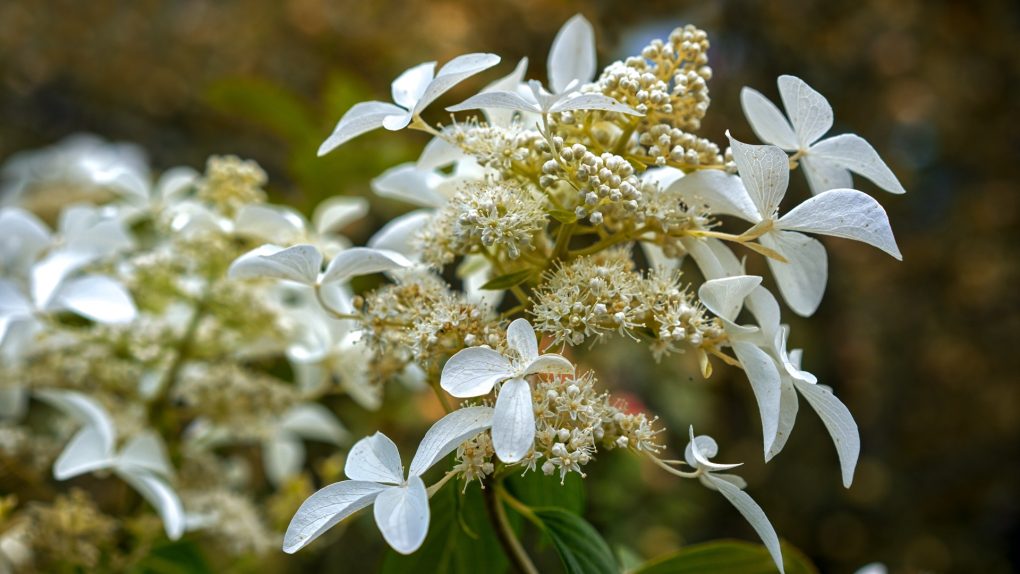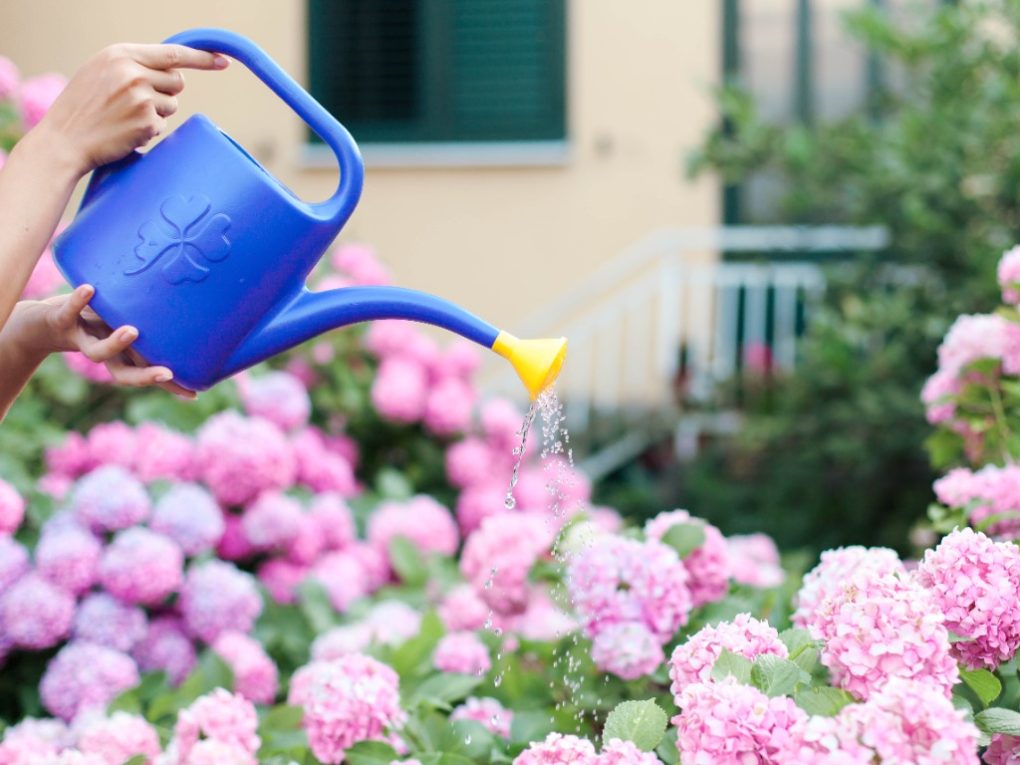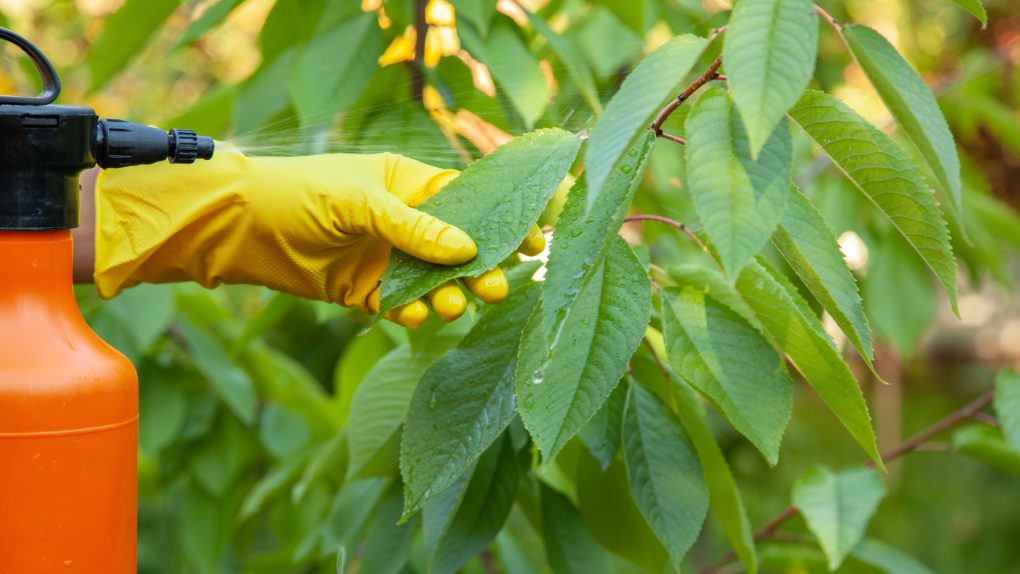Are Hydrangeas Evergreen? Exploring the Foliage Characteristics of Hydrangea Plants
Hydrangeas are a popular flowering shrub that can add beauty and color to any garden. One question that gardeners often ask is whether hydrangeas are evergreen.
The answer to whether hydrangeas lose their leaves in the fall depends on the variety. While some hydrangeas are evergreen and retain their leaves throughout the year, others are deciduous and shed their leaves in the fall. Gardeners typically plant deciduous hydrangea varieties.

Evergreen hydrangeas are a great choice for gardeners who want a plant that looks good all year long. These hydrangeas have glossy, lance-shaped leaves and red-tinged stems. They are a good option for adding texture and interest to a garden, and they can be trained to climb up a trellis or wall.
Deciduous hydrangeas, conversely, are known for their showy flowers that bloom in the summer. These hydrangeas lose their leaves in the fall, but their flowers can be left on the plant to add interest to the winter garden. Gardeners who choose deciduous hydrangeas must plan for the plant’s dormant period and may want to plant other evergreen shrubs or perennials nearby to provide year-round interest.
Table of Contents
Types of Hydrangeas
Hydrangeas are a popular flowering shrub that come in a variety of types. The two main types of hydrangeas are evergreen and deciduous. Both types have their unique characteristics and growing requirements.
Evergreen Hydrangeas
Evergreen hydrangeas are a relatively rare hydrangea that keep their leaves year-round. They are typically grown in warmer climates and are more commonly found in tropical regions. One popular type of evergreen hydrangea is the climbing hydrangea (Hydrangea integrifolia). This elegant vine has glossy, lance-shaped leaves and red-tinged stems, and produces lacy white flowers in the spring that are slightly smaller than most hydrangeas.

Deciduous Hydrangeas
Deciduous hydrangeas are the more common hydrangea known for their large, showy blooms. They lose their leaves in the fall and dormant during winter. There are several varieties of deciduous hydrangeas, including:
- Bigleaf hydrangea (Hydrangea macrophylla) – This is one of the most popular types of hydrangeas, with large, round flower heads that can be pink, blue, or white depending on the pH of the soil.
- PeeGee hydrangea (Hydrangea paniculata) – This hydrangea produces large, cone-shaped flower heads that start white and turn pink as they age.
- Smooth hydrangea (Hydrangea arborescens) – This hydrangea has large, white flower heads, can tolerate warmer climates, and is often planted as a hedge.
- Oakleaf hydrangea (Hydrangea quercifolia) – This hydrangea has large, cone-shaped flower heads and leaves resembling oak leaves, growing best in hot summer areas.
When choosing a hydrangea, it is important to consider the growing conditions in your area and the specific requirements of the type of hydrangea you are interested in. With the right care, hydrangeas can provide beautiful blooms for many years.
Caring for Evergreen Hydrangeas
Evergreen hydrangeas are a beautiful addition to any garden or landscape. They require minimal care and attention, but a little maintenance can go a long way in ensuring that they thrive. Below are some tips for caring for evergreen hydrangeas.
Watering and Fertilizing
Evergreen hydrangeas require regular watering, especially during hot and dry weather. They prefer moist, well-draining soil; water deeply and frequently to keep it consistently moist. A layer of mulch around the base of the plant can help retain soil moisture.
Fertilizing is also important for evergreen hydrangeas. Use a balanced fertilizer in the spring and summer to promote healthy growth and flowering. Fertilize sparingly to avoid excessive foliage growth and fewer flowers.

Pruning
Evergreen hydrangeas don’t require pruning, but it can help maintain their shape and promote healthy growth if pruned in the late winter or early spring before new growth appears. Remove dead or damaged branches, and thin out crowded or crossing branches to improve air circulation and sunlight penetration. Pruning too much can reduce flowering.
Pest and Disease Control
While evergreen hydrangeas are generally resistant to pests and diseases, they may still be affected by common garden problems such as aphids, spider mites, and scale insects. In humid conditions, powdery mildew and leaf spot can also occur, so treat as necessary with insecticidal soap or horticultural oil. Remove any affected leaves and treat them with fungicides if necessary.

Overall, evergreen hydrangeas are easy to care for and can provide year-round beauty in the garden. They can thrive and bring joy for many years with little attention and maintenance.
**
